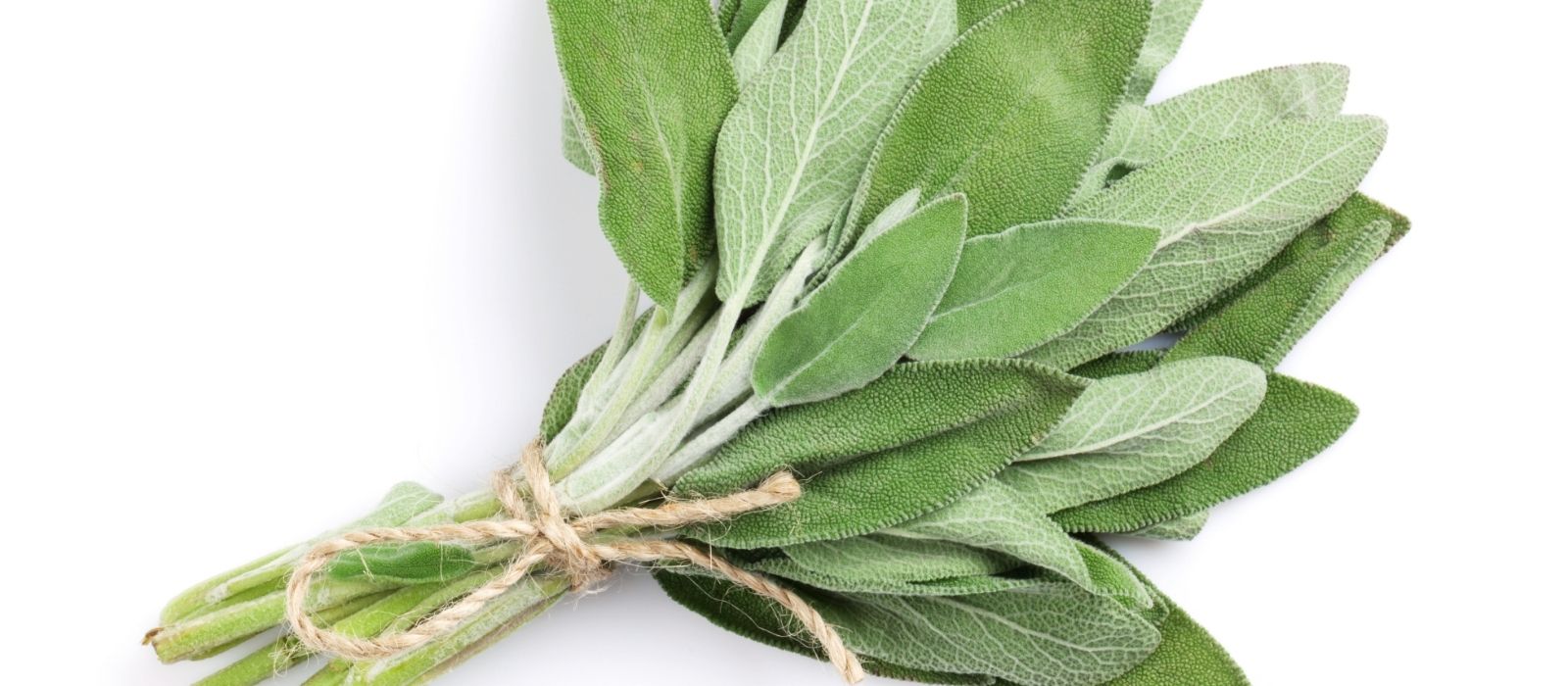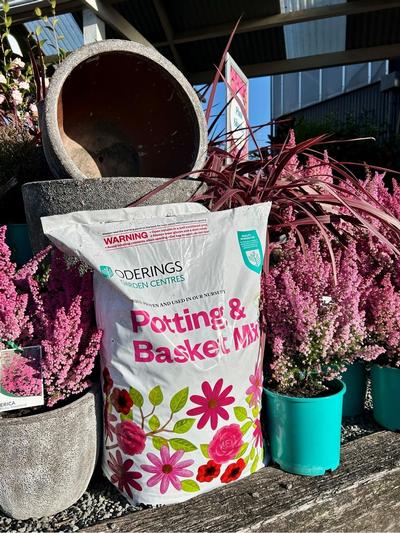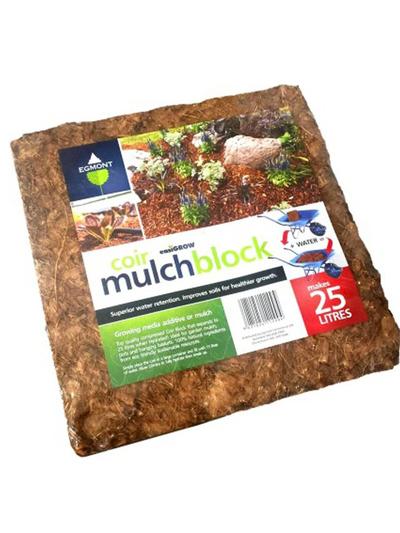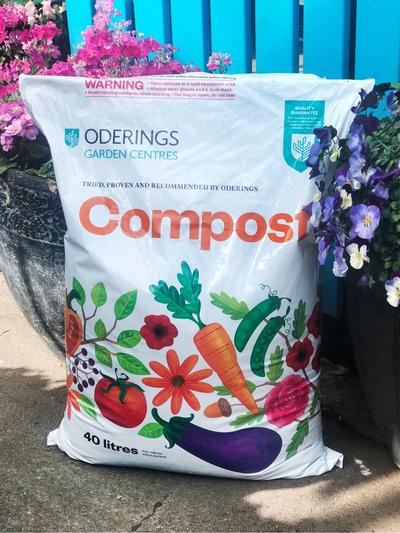
Sage is a low-maintenance herb that not only enhances your cooking but also boosts your garden’s biodiversity, attracting vital pollinators like bees. Perfect for both sunny gardens and pots, it’s a great choice for almost any space.
Position
Sage thrives in full sun to part shade and prefers well-drained soil, though it is adaptable to a range of conditions. It's perfect for both pots and garden beds, making it a versatile choice.
Prepare Soil
Garden: Sage does best in average soil with good drainage. It’s not overly picky but will flourish with some compost or organic matter mixed into the soil.
Pots: Use a well-draining potting mix, such as ‘Oderings Potting Mix’, to ensure the plant’s roots don’t stay too wet. Choose a pot with drainage holes to prevent waterlogging.
Feed
Garden: Sage doesn't require heavy feeding, but a light application of a balanced fertiliser in early spring can help promote growth.
Pots: Feed with a balanced liquid fertiliser every 4-6 weeks during the growing season to encourage healthy growth.
Watering & Mulching
Water sage moderately, ensuring the soil is kept just moist but not soggy. Overwatering can cause the stems to become leggy and woody. Mulching around the plant can help retain moisture and suppress weeds, but be careful not to pile mulch too close to the stem.
Protection
Sage is relatively hardy and can tolerate drought, but it’s best to protect it from harsh frost when young. Once established, it can handle colder temperatures. Regular pruning helps maintain its shape and encourages fresh growth.
Harvest
To keep sage plants looking their best, harvest regularly. Pick leaves early in the day when the oils are most concentrated. For drying, remove the lower leaves and any insects, wash, and thoroughly dry before hanging upside down in a dry, dark place. Once dried, store the leaves in a sealed jar for up to a year. You can also freeze fresh sage for later use.
Garden Expert Tip
Sage is a great companion plant. It helps protect carrots from carrot-fly and cabbages from cabbage moths. It’s also known to improve the flavour of cabbage when planted nearby. A simple natural remedy like dried sage can even help protect other plants in your garden from mildew.













